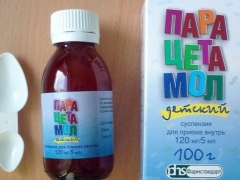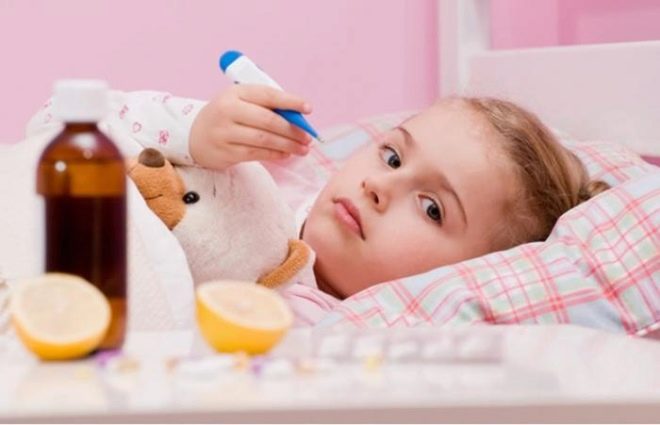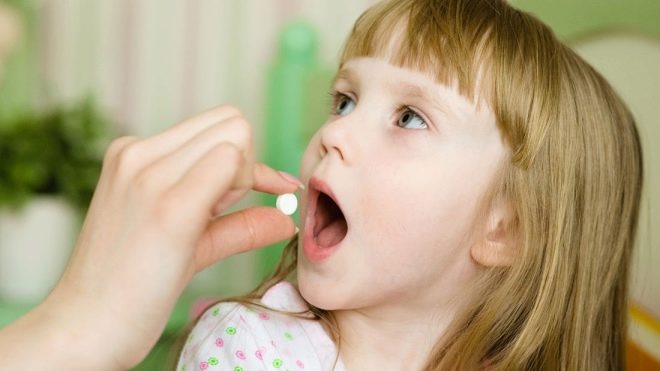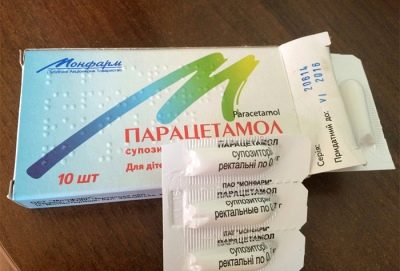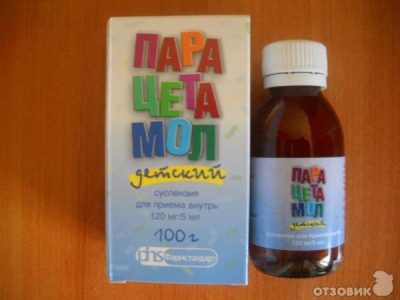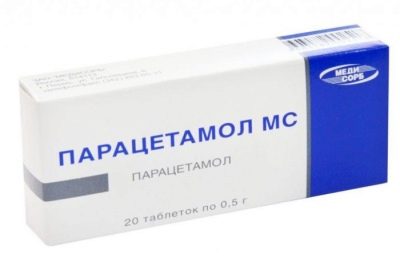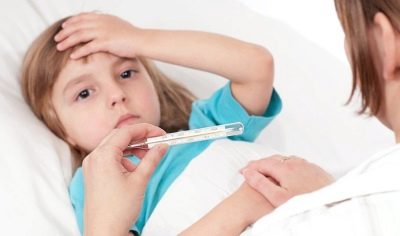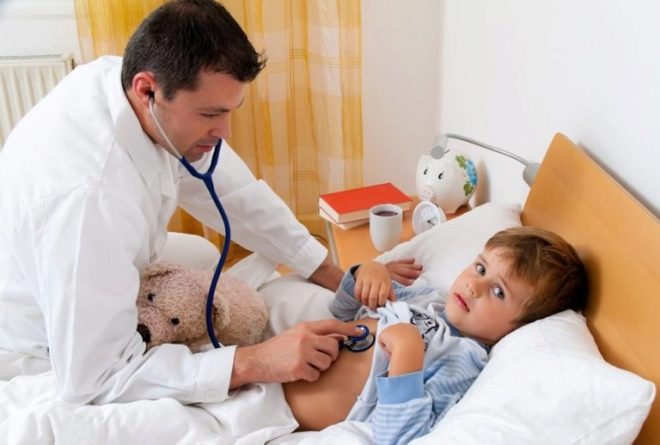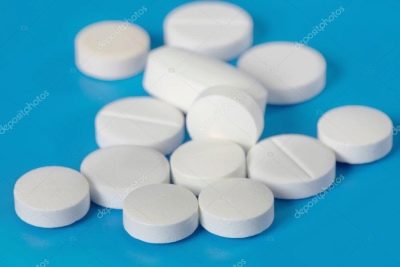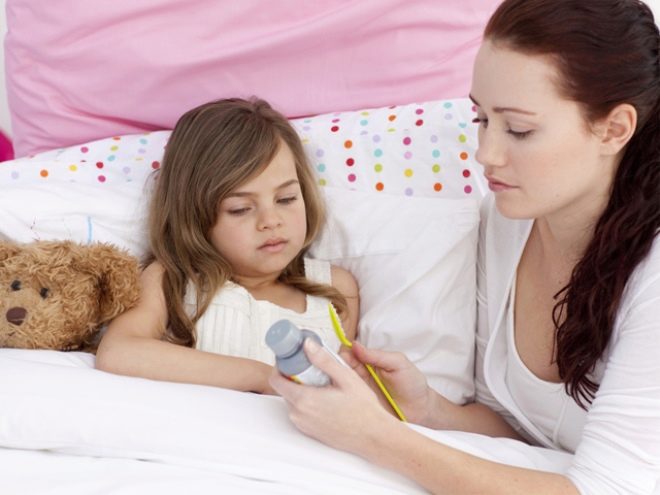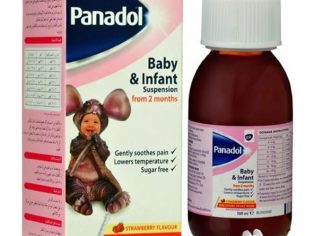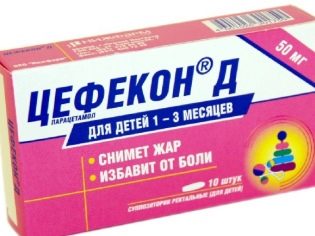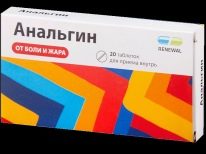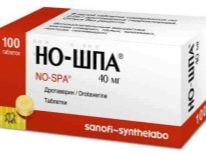Paracetamol for a child of 3 years
Children aged 3 years most often suffer from acute respiratory viral infections and other infections, so an increased body temperature occurs in them very often. To combat this symptom, many doctors recommend using Paracetamol. How to give this medicine to babies, what dose should not be exceeded and what analogs can replace it?
Is it possible to give a three year old child?
Paracetamol drugs are contraindicated only in the neonatal period, and children 1-3 months are given only with a temperature reaction to the vaccine. In other cases, the drug is allowed from 3 months of age, so you can safely give Paracetamol to a 3 year old child.
Release form and mechanism of action
The drug is represented by several forms, among which in the treatment of children of three years old are usually used:
- Rectal candles. They are distinguished by white color, simple composition (except for paracetamol, at a dose of 50 to 500 mg there is only a fatty basis in them), an oblong form. This medication helps out if the child has an allergy or vomiting, however, it begins to show its effect later than other dosage forms, therefore, it is often used at night.
- Suspension. Such a sweet preparation with orange or strawberry flavor contains paracetamol in a dose of 120 mg / 5 ml, but also includes other ingredients (xanthan gum, sucrose, sorbitol, propylene glycol, etc.) that can provoke an allergic reaction. Due to the liquid structure and the presence of a measuring syringe in the package (it can be replaced with a spoon), it is very easy to dispense such Paracetamol, and children in most cases swallow it without any problems.
- In pill form 200 and 500 mg drug release for adults. Children are given a solid form from the age of six, therefore at 3 years the use of such Paracetamol is not recommended. However, in rare cases when there is no other antipyretic medication at home, a child may be given a portion of the pill by checking the dose with the doctor. If the baby is still unable to swallow the medicine, the tablet is crushed and diluted in a spoon with water, compote or juice.
The effect of any form of Paracetamol is associated with the ability of the main component of the drug to influence the centers of thermoregulation and pain in the brain. This effect is represented by the blocking of cyclooxygenase enzymes under the action of paracetamol, as a result of which the temperature returns to normal and the pain decreases.
Such effects cause the following indications for the use of Paracetamol:
- Fever (usually the drug is given at a temperature of more than +38.5 degrees).
- Pain syndrome of moderate or weak force.
Features of application at children's age
It is advisable to give Paracetamol to children only after a medical examination so that the use of such a medicine does not affect the determination of the correct diagnosis. In addition, it is only a symptomatic remedy, so it is usually given along with drugs that will affect the cause of fever or pain.
The duration of treatment with Paracetamol, depending on the evidence does not exceed 3-5 days. If you need to give the medication longer, it is necessary to coordinate with your doctor, because long-term use may affect the blood and the work of the internal organs of the child.
You can give the child a drug at least four hours apart. If the accepted suspension or the delivered candle did not bring down the temperature, the application earlier than after 4 hours is unacceptable.In such situations, you need to contact the doctor and use another antipyretic agent for his intended use.
It is advised to take the suspension an hour after eating, but if the temperature is very high, this recommendation is not taken into account (the drug is given regardless of the diet). Dilute the medicine with water is not worth it, because due to this dilution, the amount of medication will be more, and the child may not drink it completely. However, in addition to give a lot of drinking is desirable, as this will help in the fight against fever.
Among the contraindications to receiving Paracetamol is an intolerance to any of the components of the drug, liver disease, certain hereditary diseases, and gastrointestinal tract pathologies. Before giving the medicine to the baby, it should be clarified whether he has such health problems.
You can not exceed the dose of the drug, combine it with other drugs based on paracetamol or store the suspension in a place where it can be detected and accidentally drunk by a small child. In such situations, the risk of overdose increases, which may be a danger to the health of a small patient.
Dosage
To determine a single dose for a three-year-old child, you need to know its weight in kilograms. It is multiplied by 10-15 and receive the number of milligrams of paracetamol at one time. For example, the weight of a particular baby is 14 kg. This child needs 140-210 mg of paracetamol at one time, so treatment is started with 6 ml of suspension or 3/4 candles of 250 mg are put.
The average single dose of the suspension can be taken from the table, which is in the annotation. Since the weight of 3-year-old children usually ranges from 12 to 18 kg, for babies weighing 12–16 kg, 5 ml of medicine are taken at a time, and for children weighing 16–18 kg, a single dosage of 10 ml is required.
The daily dosage of the drug is also calculated by weight. It is known that a child should not receive per day more than 60 mg of paracetamol per kilogram of its body weight. Thus, a patient with a weight of 14 kg can be given no more than 840 mg of medication per day. If suspension is used, then this amount of active ingredient is in 35 ml.
What to replace?
If there are no candles or suppositories at home or in a pharmacy, you can use another medicine instead, which also provides paracetamol. For example, a child can put a candle Cefecone D or give a suspension of Panadol Baby. Replace these drugs can and drugs that contain ibuprofen. They are also produced for children in candles and suspensions, are given from three months of age and are recommended at high temperature or pain.
In some cases, when the temperature rises is dangerous for the child, and Paracetamol does not cope with the fever, they resort to a mixture of medicines called lytic. It contains a febrifuge (often Analgin) and an antihistamine (most often, Suprastin is chosen). If the child is pale and his limbs are cool, then an antispasmodic is added to these two drugs, for example, No-shpa.
The use of such a mixture quickly and effectively lowers the temperature and improves the condition of the child, but is not recommended without a doctor's prescription. After specifying a suitable dosage for a three-year-old child from a pediatrician, these drugs are given in tablets. If there is a need for injection, it is better to entrust the injection to the medical staff by calling an ambulance.
For information on which antipyretic drugs are used, see the following video.
